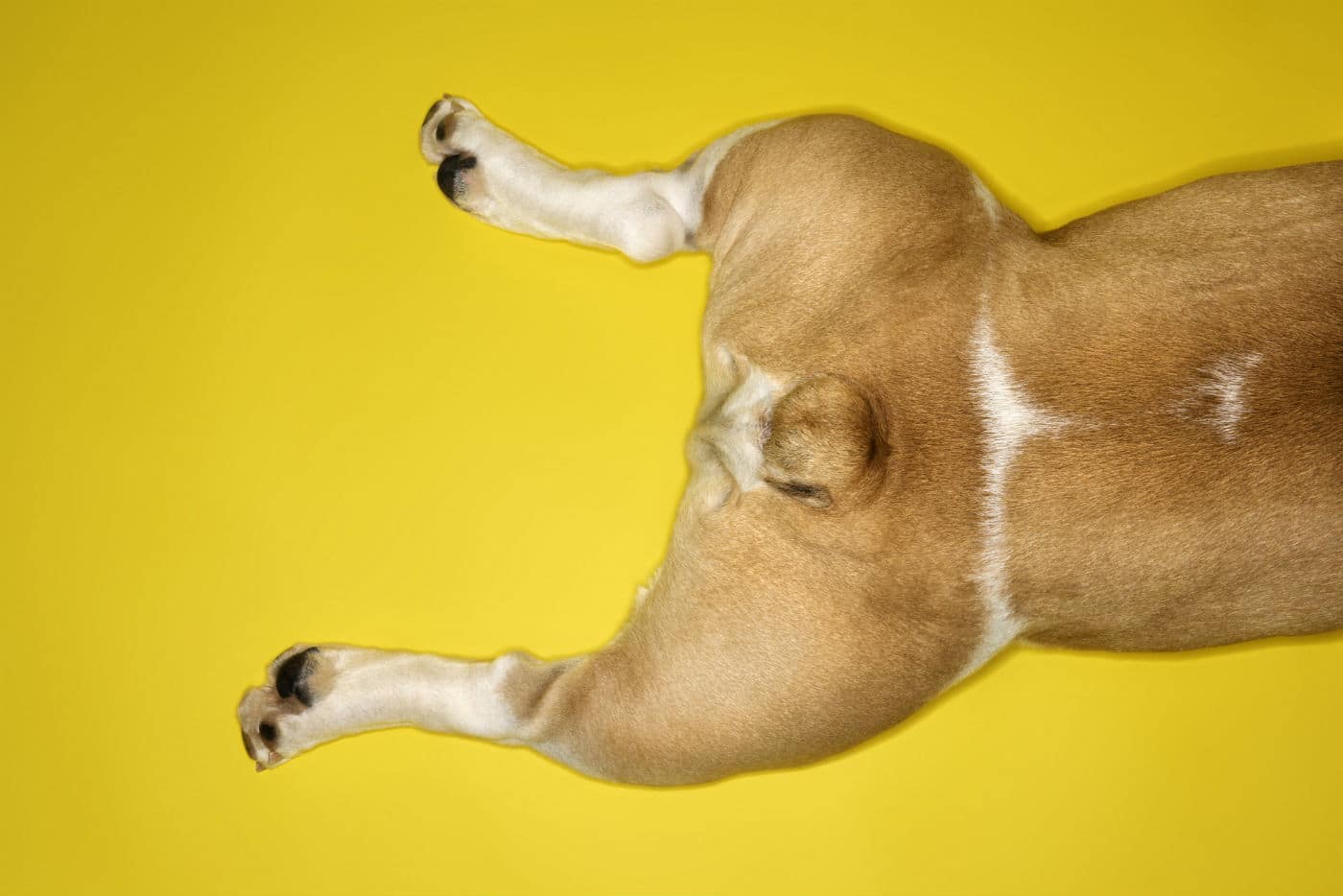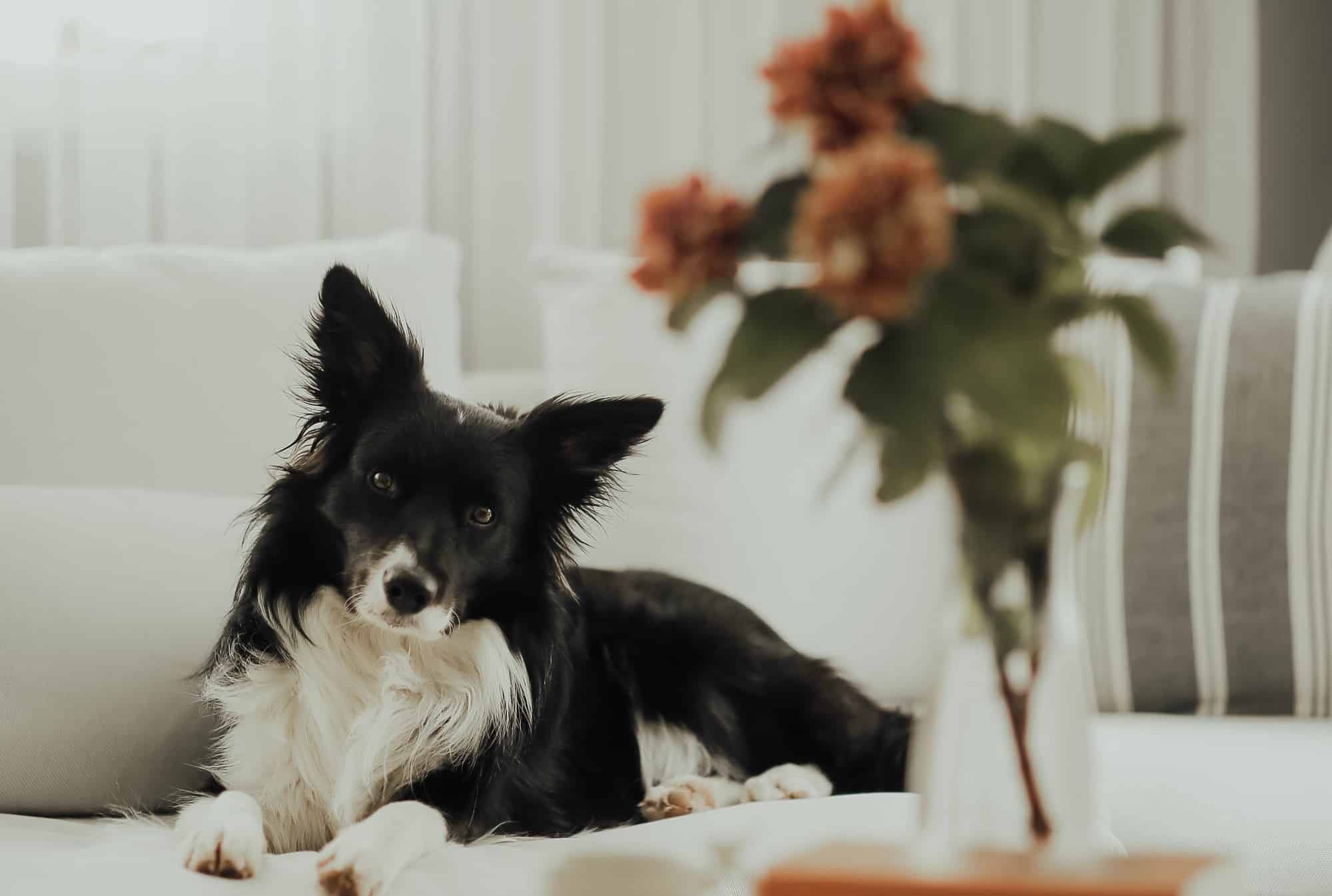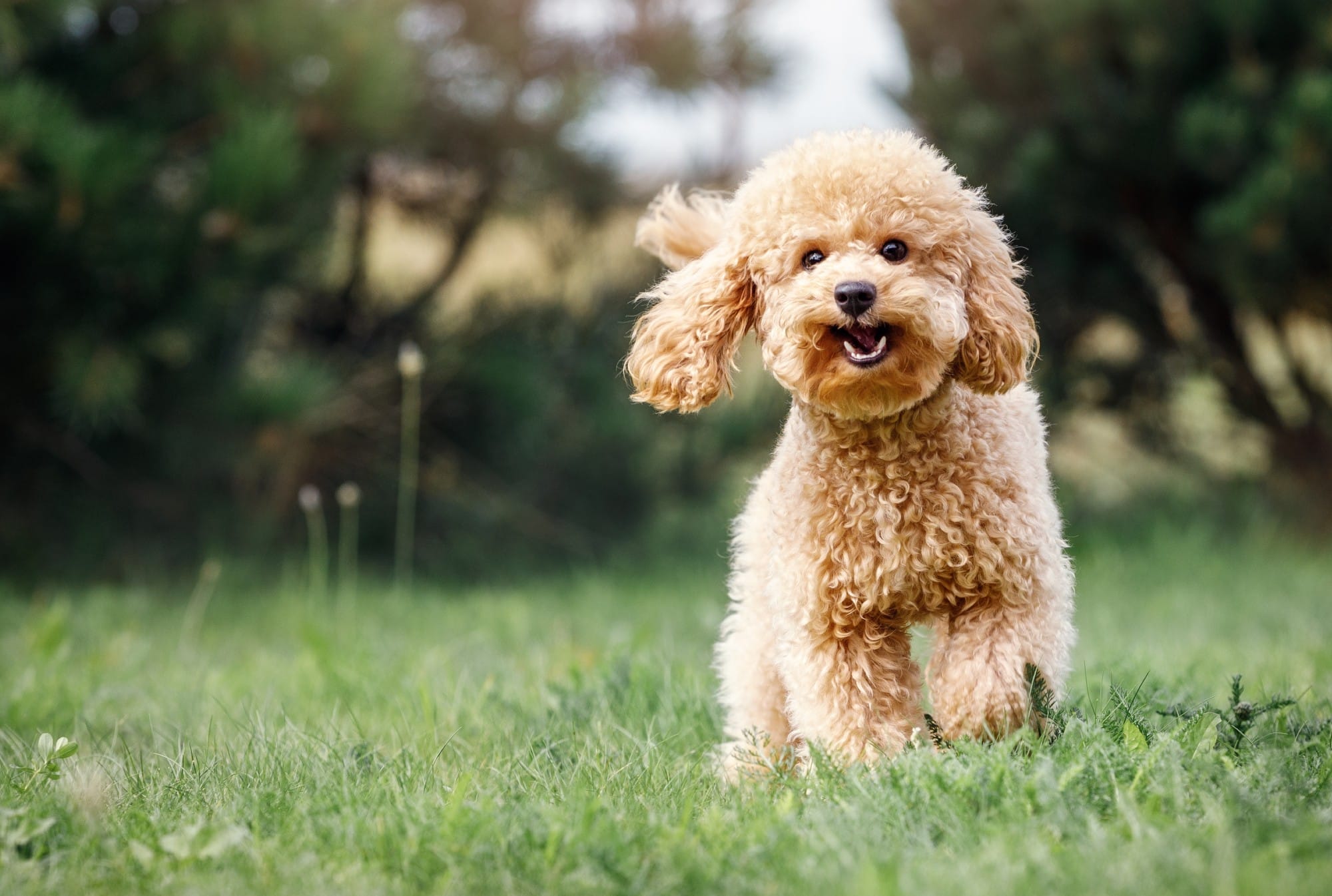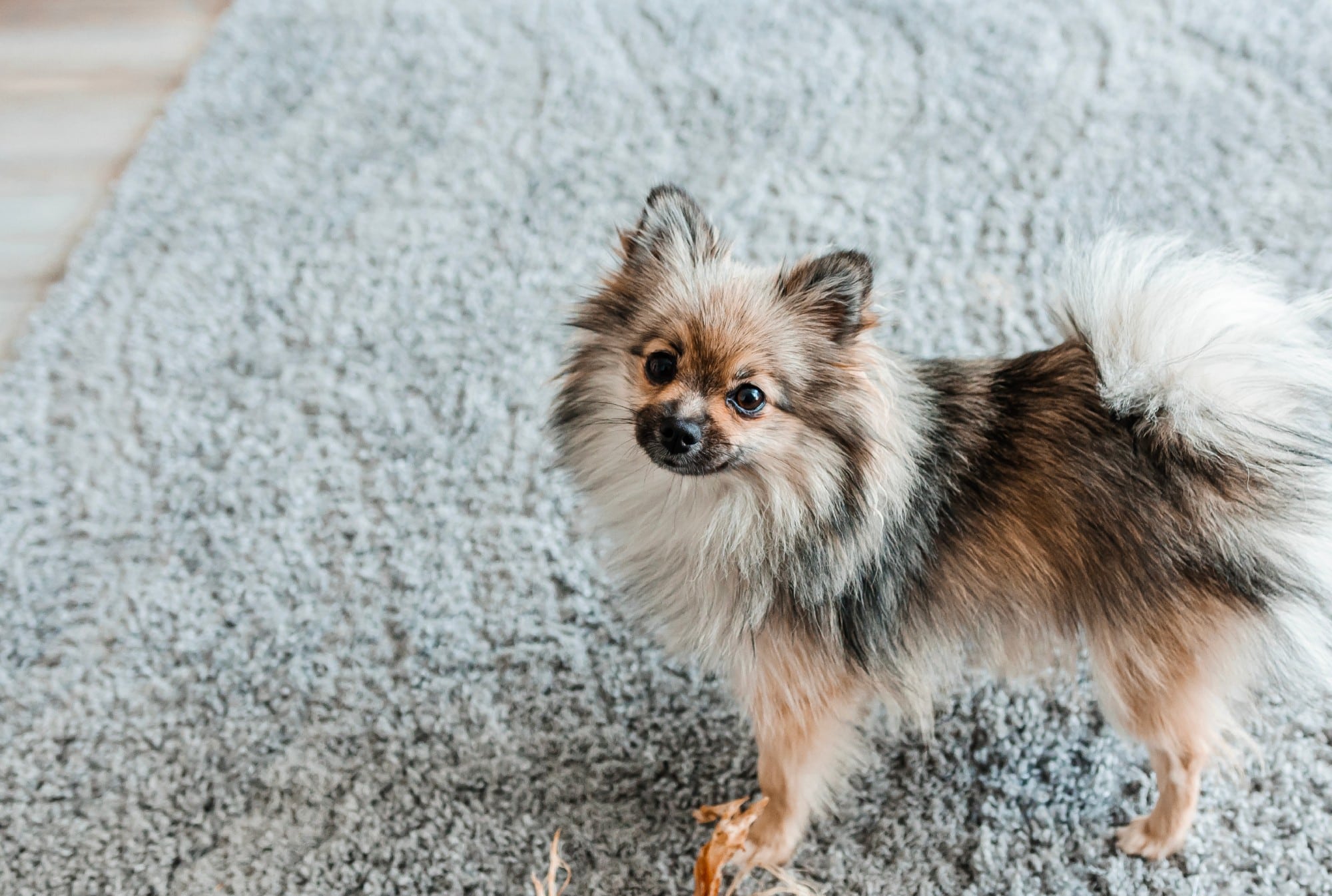Chances are that you’ve seen your dog drag his bottom across the floor. Depending on where you are and what you’re doing, you may have found this amusing or embarrassing.
Regardless of whether you were just watching television or in the middle of hosting a cocktail party for your clients, there are reasons your dog engages in this behavior. Some of them might signal that it’s time for a visit to your veterinarian.
Dogs will scoot because they feel itching or pain or to remove something (usually poop) that’s stuck in their fur. Scooting can also indicate infection or even a tumor. But how do you know if your dog’s scooting requires a veterinarian?
Related: What to Do If Your Dog is a Slobber Monster
Here are some of the most common and rare reasons that your dog is scooting.
Anal Sacs
Dogs invariably sniff each other’s backside as a way of saying hello. What they are smelling is two tiny scent glands positioned just inside the anus. These glands produce the unique scent signature of each dog.
The most common reason your dog scoots is found in these glands. “These sacs contain fluid with a unique odor for other dogs to check out but which universally is pretty foul to us humans,” says Dr. Justin Shmalberg, a clinical associate professor at the University of Florida and the veterinary nutritionist at dog food company Nom Nom Now.
Normally, the anal sacs are expressed when a dog poops, but if that doesn’t happen, they can fill up and become impacted, which is very uncomfortable for your dog. The reason your dog scoots is an attempt to relieve the pressure by expressing the anal sacs manually.
“Impacted anal sacs (glands) occur when the material inside the sacs becomes thick and viscous and isn’t easily expressed out of the normal opening,” says Dr. Shmalberg. “Left untreated this can lead to infection and/or rupture.”
It’s important to know when it’s time to make an appointment with your veterinarian. “A rare scoot or two across the carpet probably isn’t a cause for concern, but it may be a sign that your dog needs either some help expressing their anal sacs and/or a diet change,” says Dr. Shmalberg. “If there’s constant scooting, a foul odor, drainage or obvious swelling when you lift the tail, these deserve a vet visit.”
While some dog owners know how to express their pup’s anal glands, in most cases, this is best left to your veterinarian or groomer. If your dog is a frequent scooter, and your vet has ruled out other causes beside full anal sacs, talk to the doc about expressing them yourself. Your veterinarian may agree to teach you the correct and least painful way to do it.
Intestinal Parasites
Your dog may be scooting due to an itchy butt, which in rare cases may indicate an intestinal parasite. The most likely culprit is a tapeworm infection.
Tapeworms are flat, segmented worms that look a little like ribbons. A dog becomes infected by ingesting something that contains tapeworm eggs, like fleas. The most common way your dog would eat a flea is through self-grooming, or grooming another pet in your home. Other possible sources are rodents, birds and rabbits.
When ingested, the tapeworm egg settles into your dog’s intestine and grows into an adult tapeworm. These look a little like grains of rice, though they can grow to more than two feet long. Segments of the tapeworm break off, and you can see these in your dog’s poop or around his anus.
Your dog may scoot, lick or bite the area. If you suspect (or see) tapeworms, make an appointment with your veterinarian, and bring in a stool sample. Tapeworms are treated with prescription medicine.
Another potential parasite is giardia. These are microscopic organisms, so you won’t be able to spot them. They are found all over the world. Dogs become infected by drinking standing water outside, eating something that is contaminated like grass or even picking up an infected stick.
Related: How the Gut Impacts Your Dog’s Breath — and What to Do About It
The most common symptom is diarrhea. If your dog’s fur becomes soiled, he may scoot to remove it. If these symptoms also include weight loss, vomiting, and/or a dull coat, bring your pup to the vet. Giardia can be dangerous in puppies, seniors and dogs with compromised immune systems.
Infections, Abscesses, and Tumors
Infections occur when the anal glands are impacted but not expressed. The glands become enlarged and irritated, leading to infection, which is most often bacterial. Signs are yellow or bloody pus that oozes from the sacs.
This infection causes irritation, itching and pain — a dog scoots to try to relieve the discomfort. If the infection is not treated, it can grow into an abscess, which can rupture. If you suspect your dog is scooting due to an infection or abscess, make an appointment with your vet.
Tumors are the most uncommon cause of scooting. A tumor presents as a mass in the rectum; a dog owner may notice swelling in the area. Since tumors, called adenocarcinoma, are usually indicative of cancer, it’s important to bring your dog asap to the doctor if you see noticeable swelling.
Allergies and Diet
Seasonal allergies can cause itchy skin all over the body. A dog may scoot as a way to scratch an itchy butt. Unfortunately, this can irritate the anal glands and lead to an anal sac abscess. If your dog has allergies, and this causes scooting, talk to your veterinarian.
Your dog may also have an allergy to food. In this case, it’s crucial to determine what food your dog is allergic to. A food allergy is often accompanied by additional symptoms, such as itchy paws and skin rashes.
A poor diet can also cause your dog to scoot due to problems with elimination that lead to irritation of the anal sacs. “If anal sacs are the cause, a diet change and/or the addition of fiber may be in order,” says Dr. Shmalberg. “Fiber is thought to help add lubrication and depending on the type, to add some bulk to the stool to help them express naturally.” While the most common reason your dog is scooting isn’t a cause for alarm, it does usually mean your dog is uncomfortable. However, it’s not recommended that you routinely ask your groomer or vet to express your dog’s anal glands
Related: What the Color of Your Dog’s Gums Really Mean
This article is for informational purposes only. It is not, nor is it intended to be, a substitute for professional medical advice, diagnosis, or treatment and should never be relied upon for specific medical advice.
If you decide to purchase from a link on our site, we may receive a small commission.



















